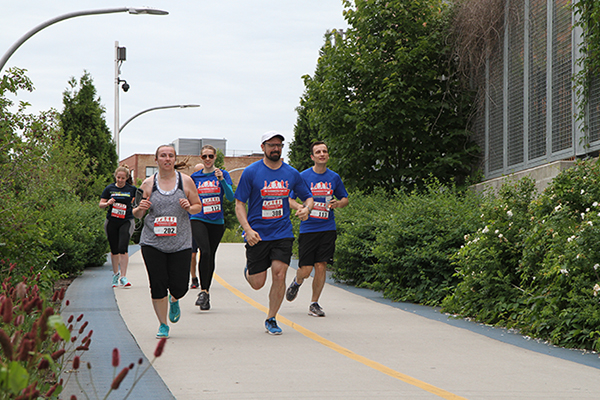The public and nonprofit groups that spearheaded the development of the 606 trail on the city’s Northwest Side missed an opportunity to take steps that could have blunted the forces of gentrification, authors of a new report published in an academic journal argue.
In the report titled “We’re not in the business of housing” in last month’s edition of the journal “Cities,” authors Alessandro Rigolon and Jeremy Nemeth said the project’s backers made no effort to preserve affordable housing along the 2.7-mile trail, according to Crain’s.
Leaders of Friends of the Bloomingdale Trail and the Trust for Public Land, two non-profit groups that were heavily involved in the planning of the trail, countered that gentrification was already well underway by the time the trail opened in June 2015, and planners could have done little to prevent it.
Home prices have spiked so sharply in areas surrounding the trail that a group of local alderman this summer proposed a grant program that would help homeowners renovate their homes to resist pressure from opportunistic buyers and developers.
An even longer rails-to-trails project called El Paseo is being planned in the city’s Pilsen and Little Village neighborhoods, and city leaders this month approved several policies aimed at preserving affordable housing in the area.
In New York City, The Highline project has been similarly accused of fueling luxury developments and accelerating gentrification around the 1.45-mile-long former elevated rail line that’s now a park. [Crain’s] — Alex Nitkin
